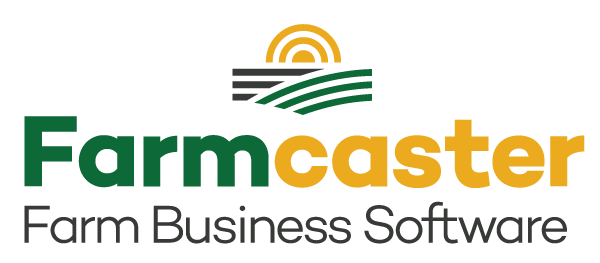Planning for the future is important and can be done in a variety of ways. You may want to test your farm’s financial resilience to negative events. You may want to analyze the impact of a large capital purchase on the farm’s financial picture. Farmcaster can help you analyze any ‘what-if’ scenarios that you can come up with.
First, Farmcaster needs to establish how the farm’s financial future would look like with average performance and no significant capital or operational changes. This is what we call the forecast. Your farm’s financial forecast is an unbiased, realistic, and conservative look into the future, based on the average performance of the past. It can be too easy for optimists to predict a bumper crop, and it might be too easy for pessimists to write-off the farm’s ability to grow and thrive. A forecast takes out the human nature element of looking into the future. A forecast establishes the baseline that you will test your ‘what-if’ scenarios against.
By clicking on ‘generate forecast’ you are instructing the program to average the past 5 years (or as many as you have) of performance and calculate where the farm is tracking. Sometimes there needs to be some adjustments made to a forecast in order for it to be as accurate of a baseline as possible. These normalizing steps would take place at this point. Please refer to the blog post on forecasting to learn the ins-and-outs of ‘normalizing’ a forecast.
Now, with your established baseline forecast ready to go, it is time to put your scenarios to the test. The scenario planning tool is found within the forecast section of Farmcaster. Scenarios are entered as detailed or as ‘high-level’ as you prefer. Take caution to not get too detailed though, as one of the benefits of a scenario is that they are relatively quick and easy to do. If you like what you see with the early analysis, then it is time to go into a more detailed budget and operational plan. You will need to estimate the income statement effects of your scenario – things like increased or decreased income, and increased or decreased expenses – and the balance sheet effects or your scenario – things like the addition of capital assets and any loans associated with the purchase, and the increases to amortization/depreciation.
Once you have entered the partial budgets, it is time to look at the effects on your projected financial statements. In each scenario you create, Farmcaster will show you a projected Income Statement, Balance Sheet, Debt Servicing Schedule, and Amortization Schedule. These are the numbers presented in chart/table format. However, one of the most impactful ways to view your scenario results is by accessing the financial ratios from the ‘Reports’ menu. Here, you can view the 19 ratios and indicators that Farmcaster calculates for you. Your scenarios that are associated with your most recent forecast will be displayed on the graphs. Here you can visualize the impact that your scenario will have on the farm. You can compare this performance against the past performance of the farm, the forecast, targets you set, industry standards and if you’ve subscribed as a Premium user, against the benchmarks in the Farmcaster Network. Scenario planning is a key management practise to start using on your farm. Starting with your established baseline of current performance, you can see the impact of your ideas, plans, and hypothetical events on your farm’s performance. This enables you to make the best plans and decisions for your farm.
